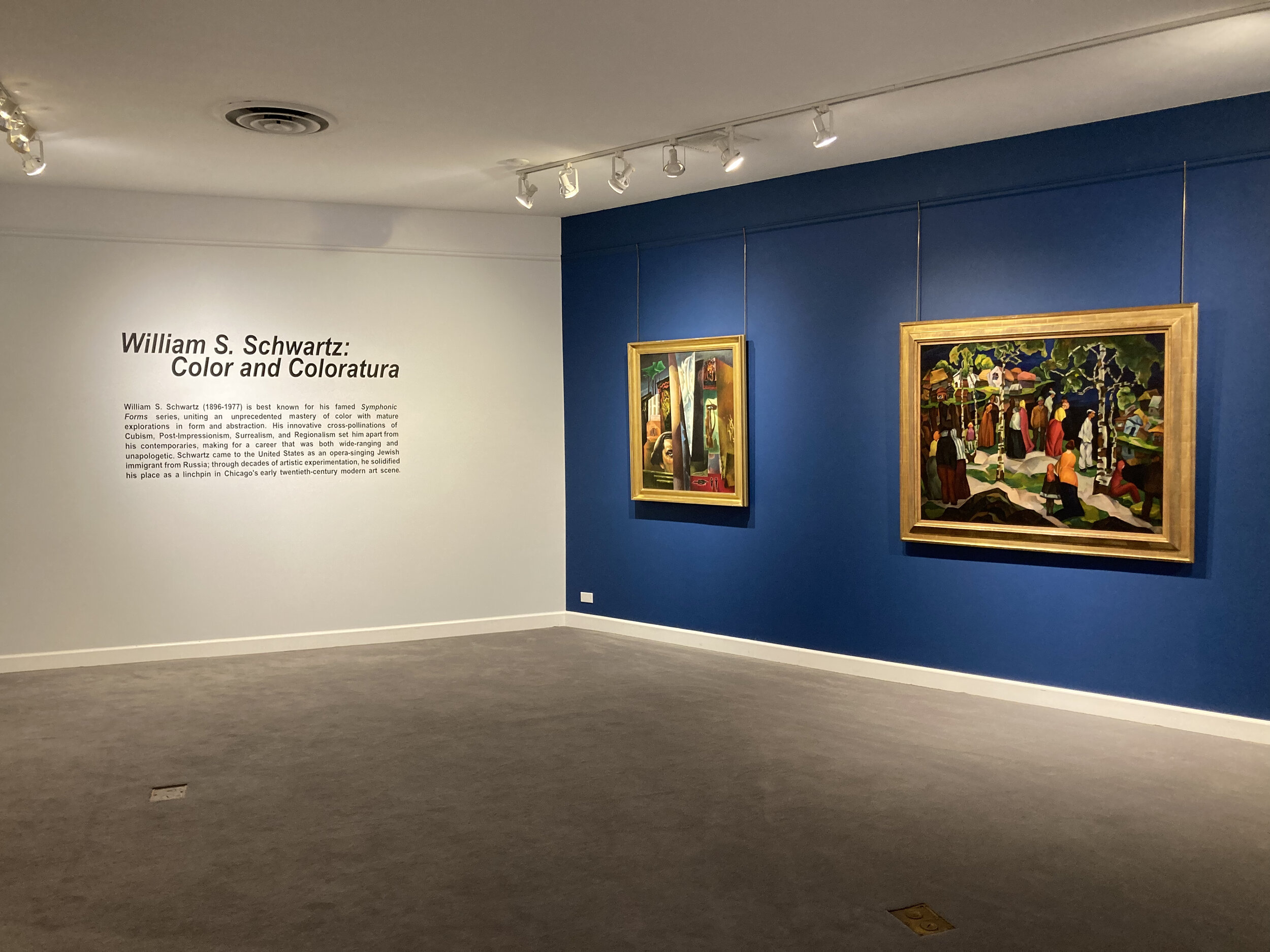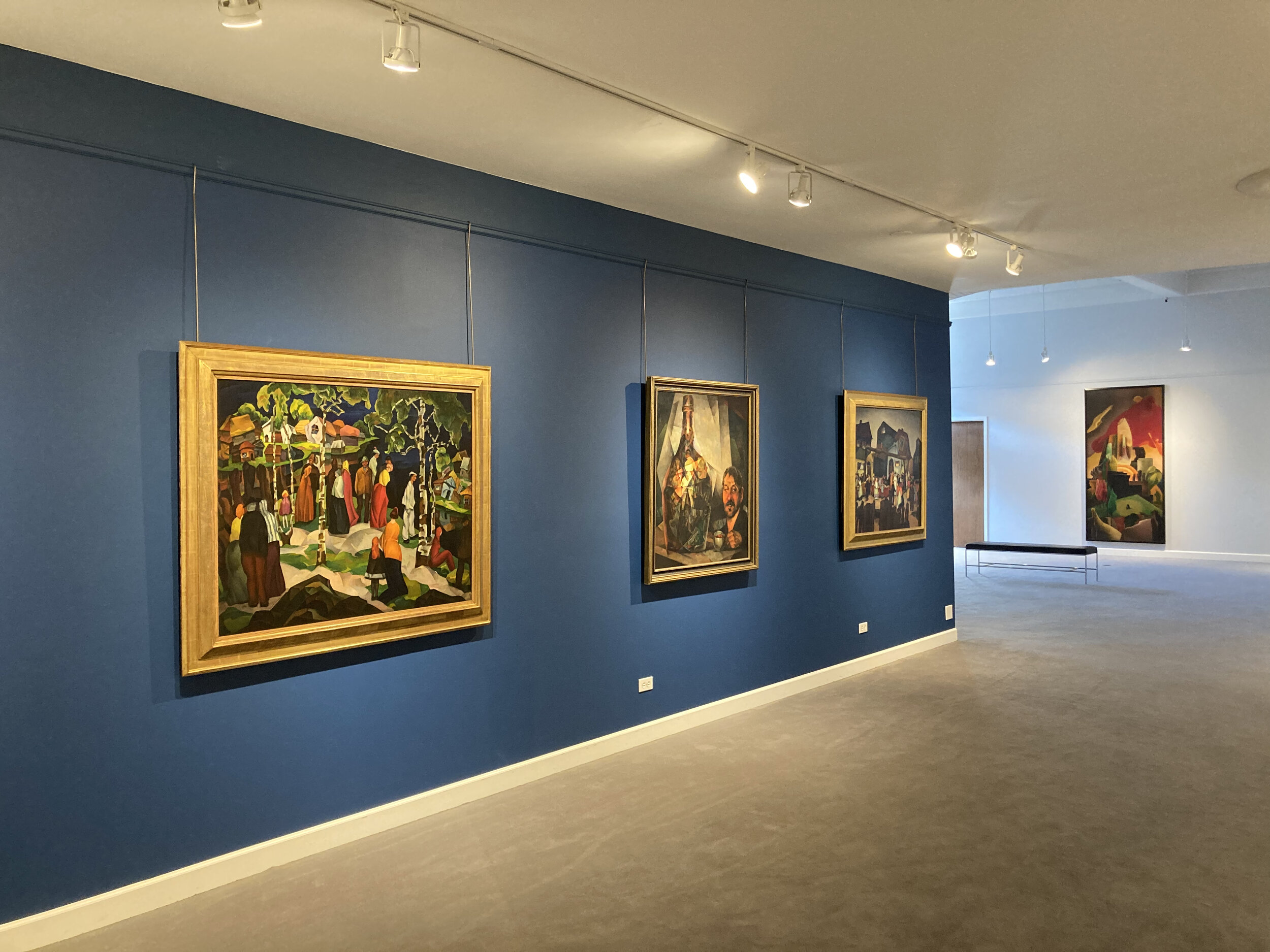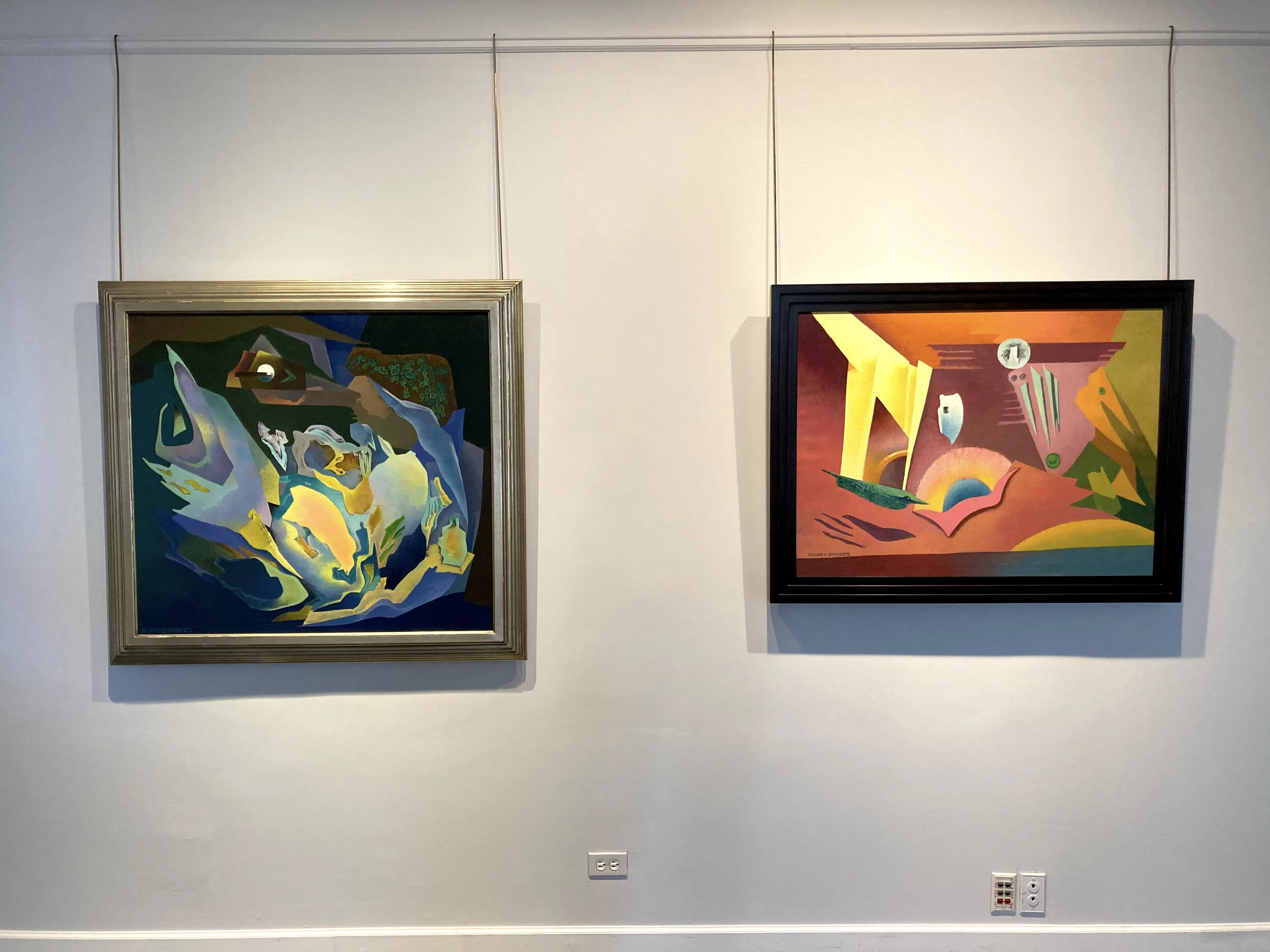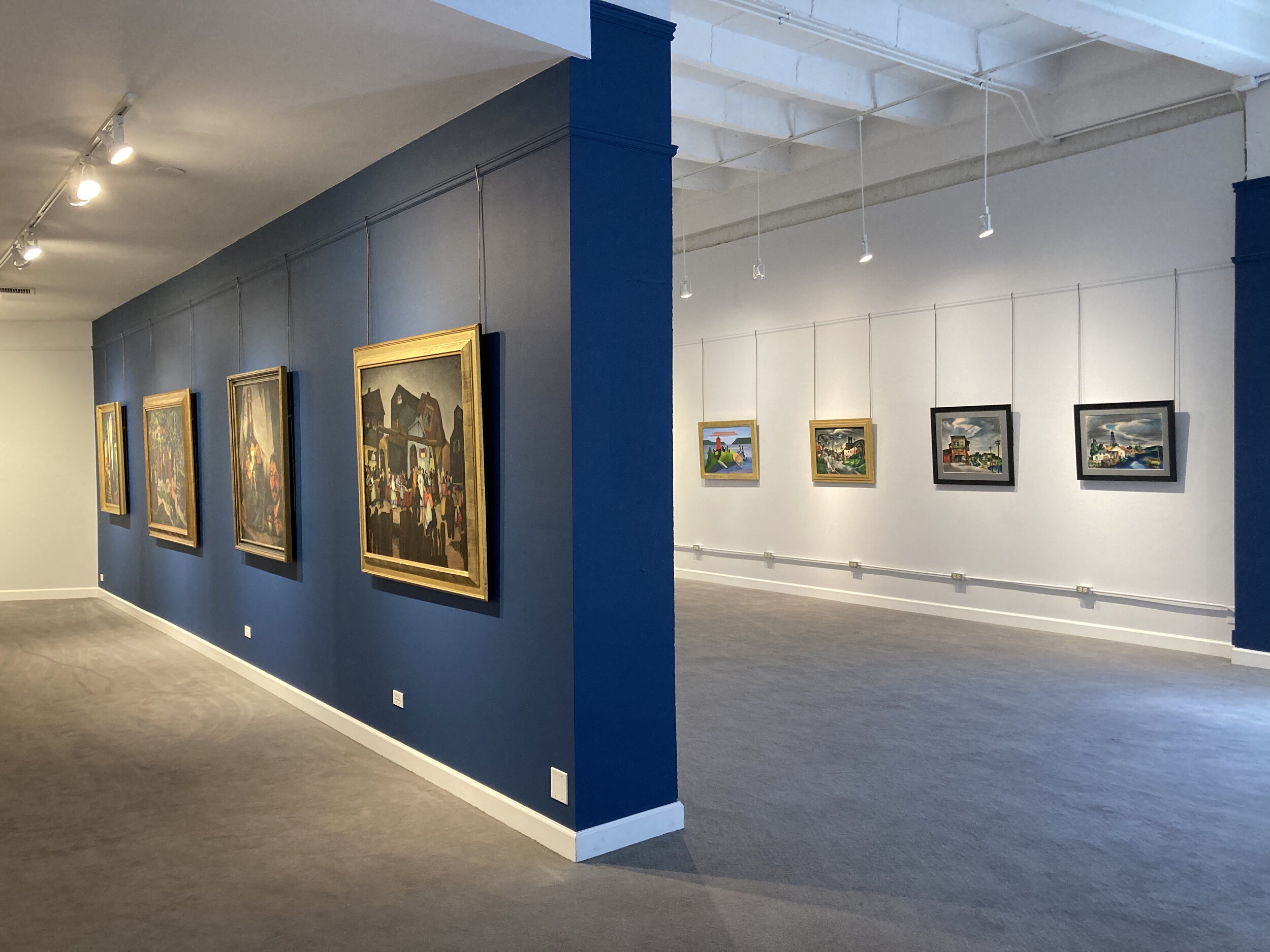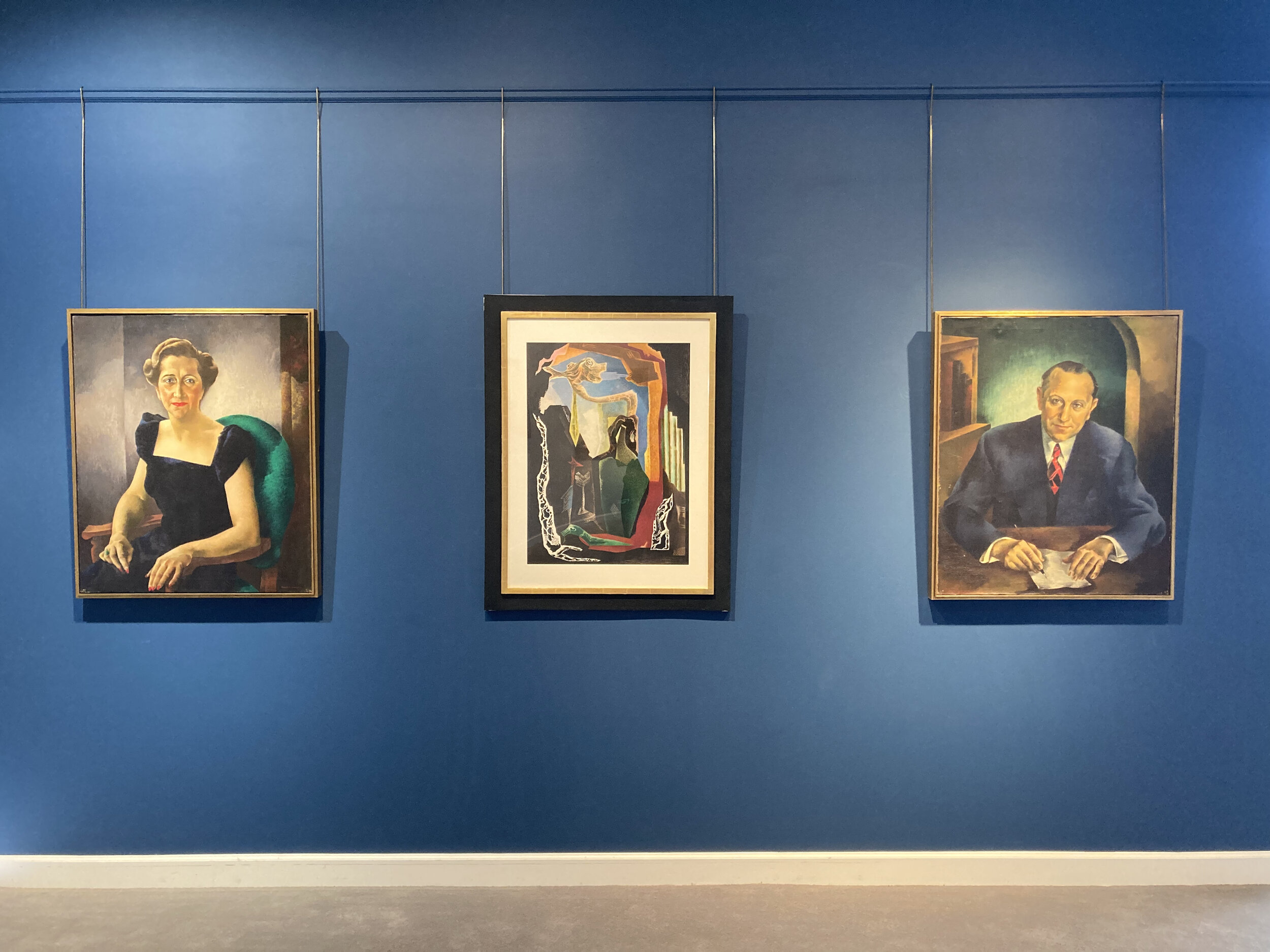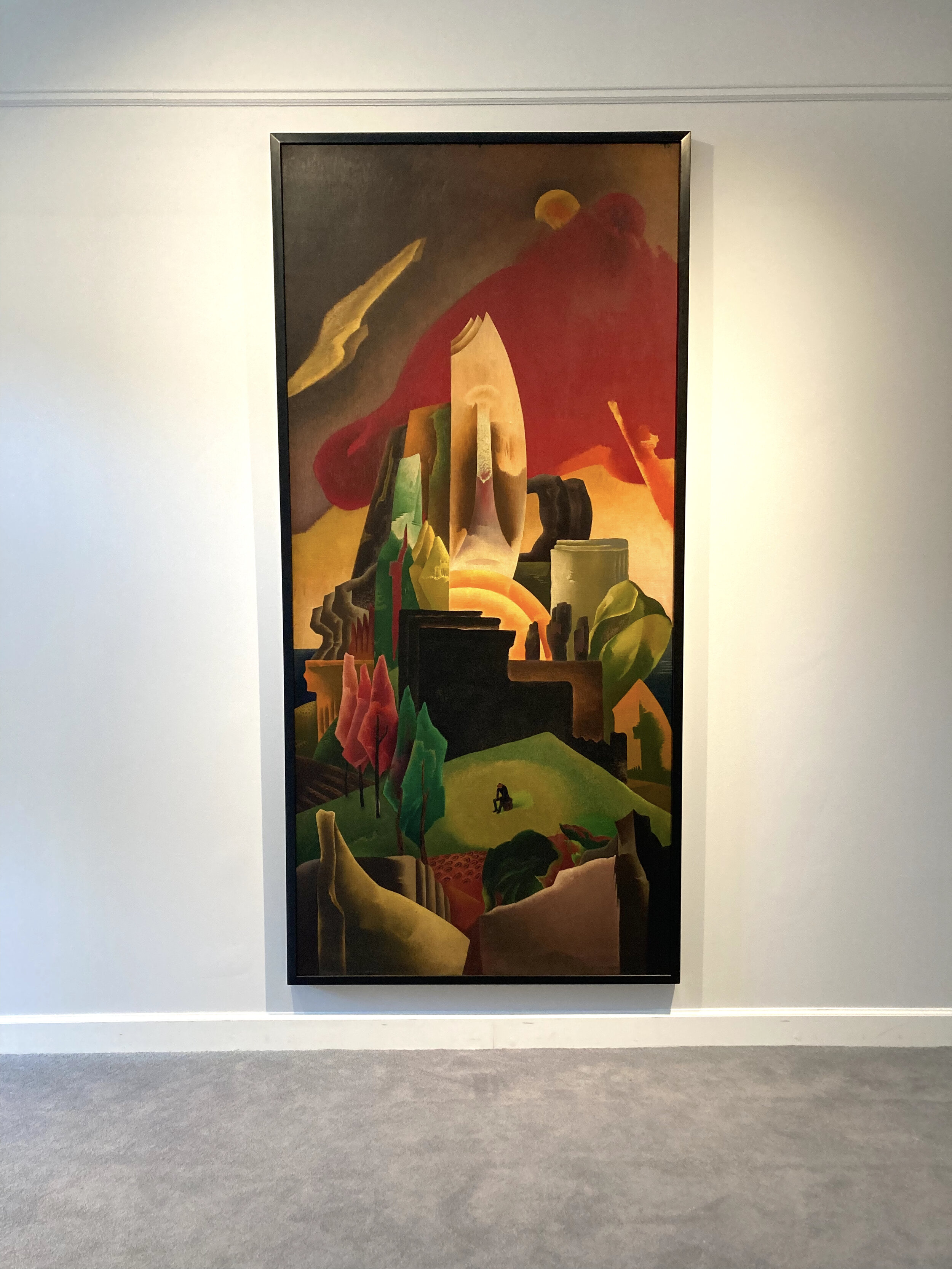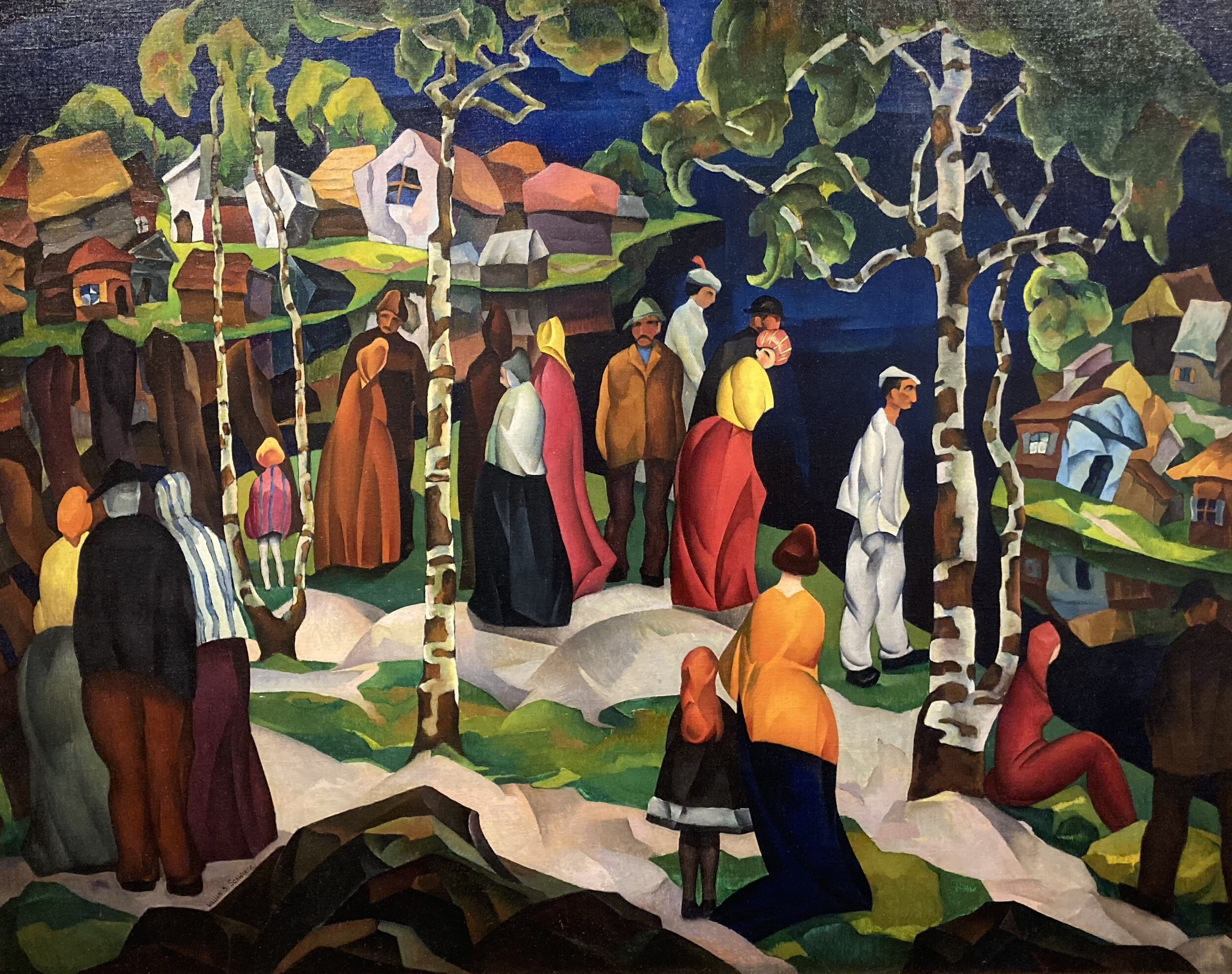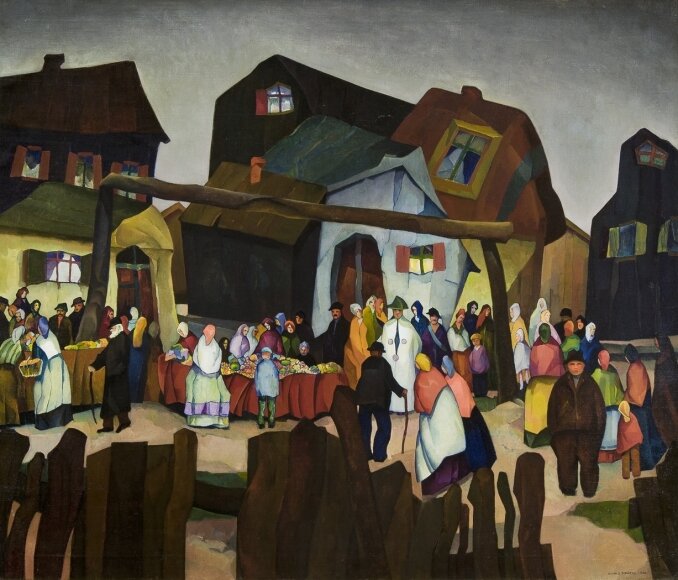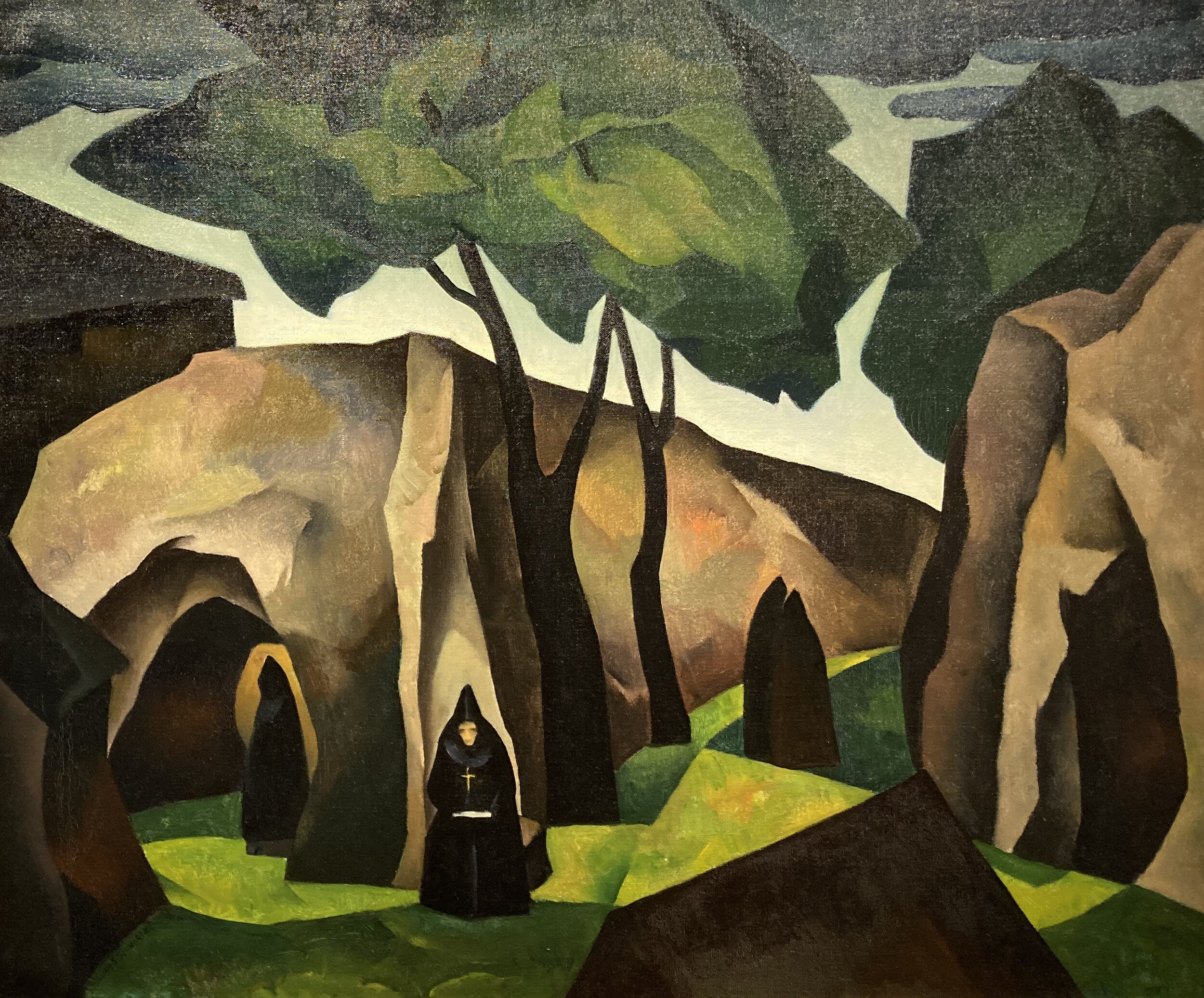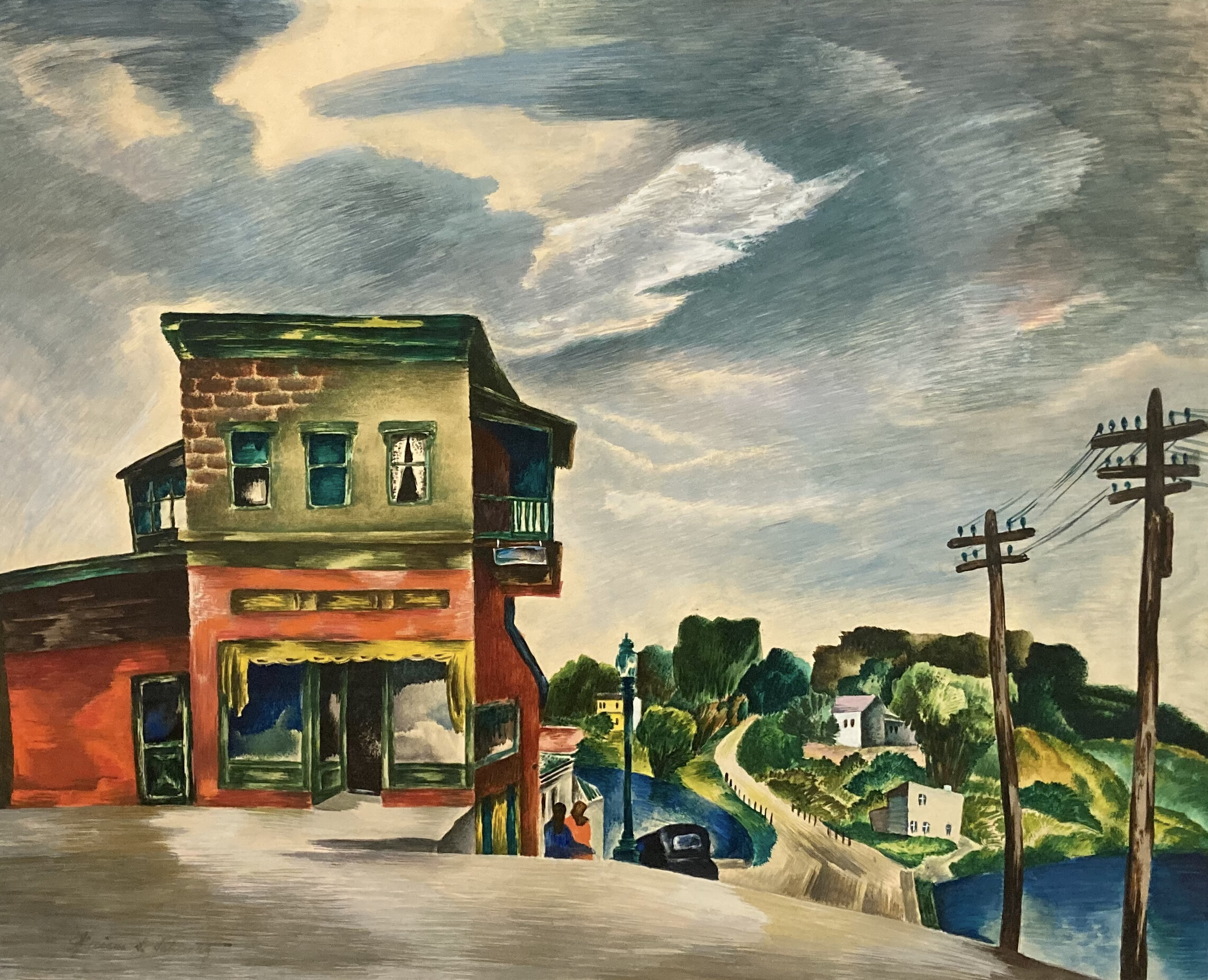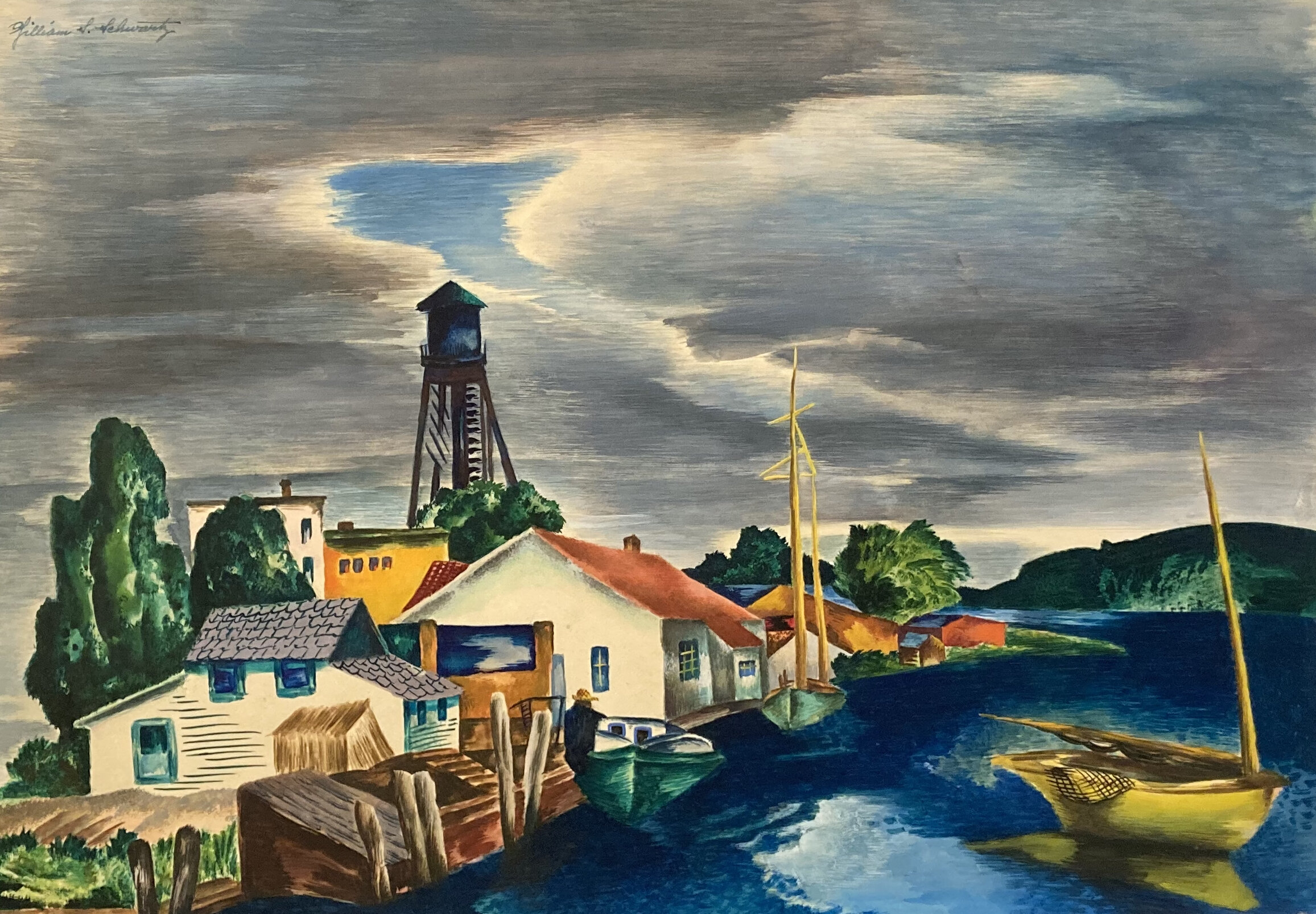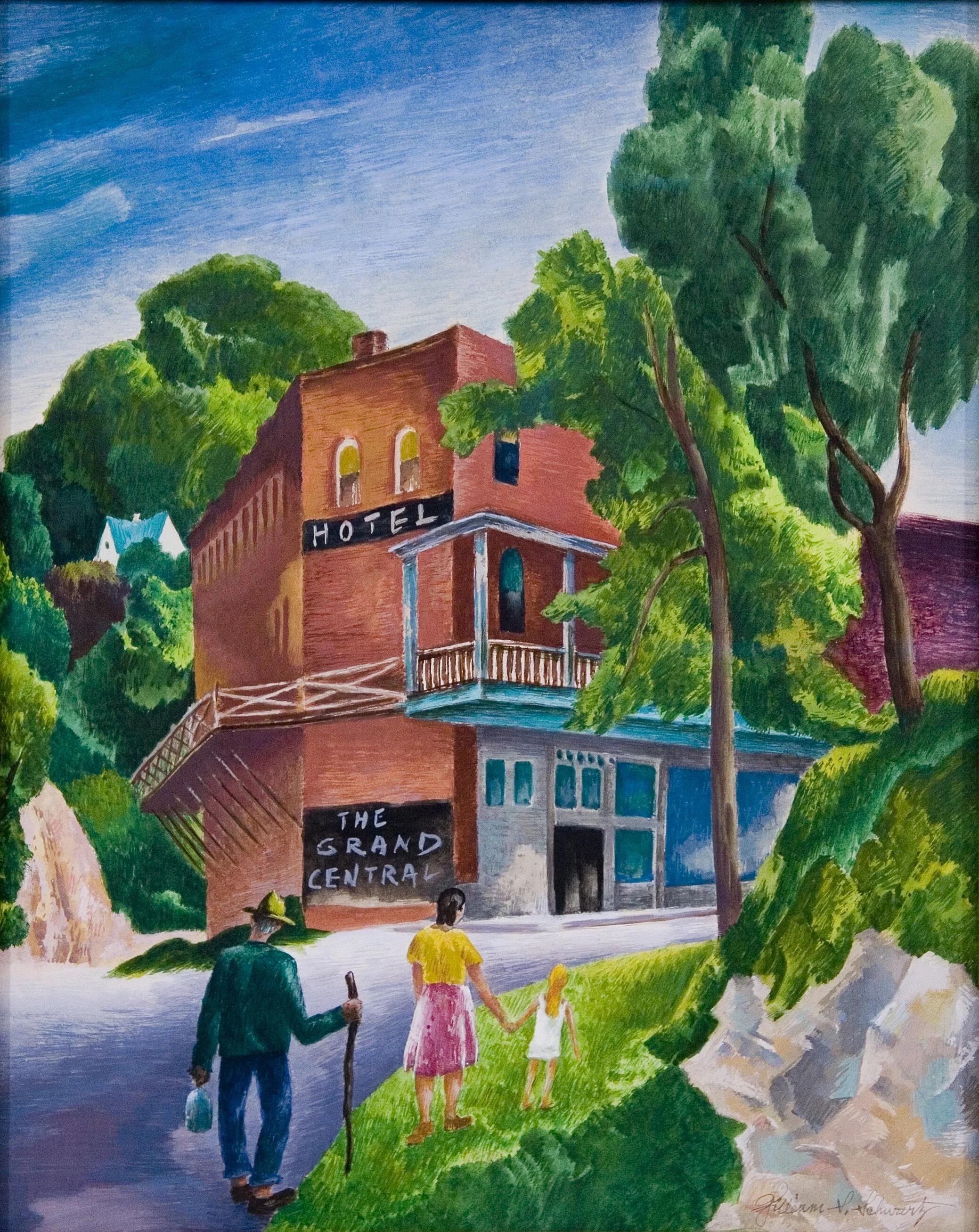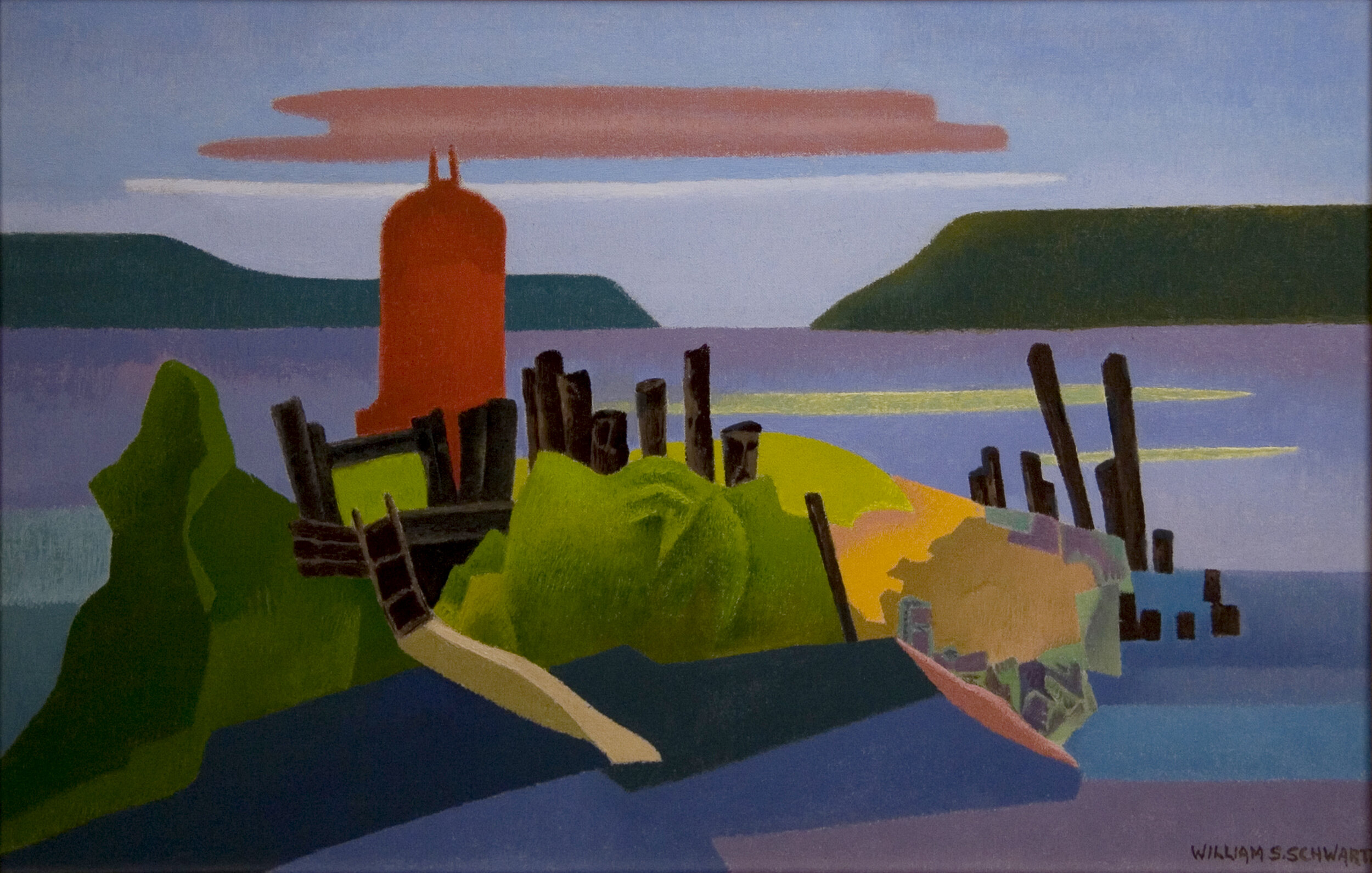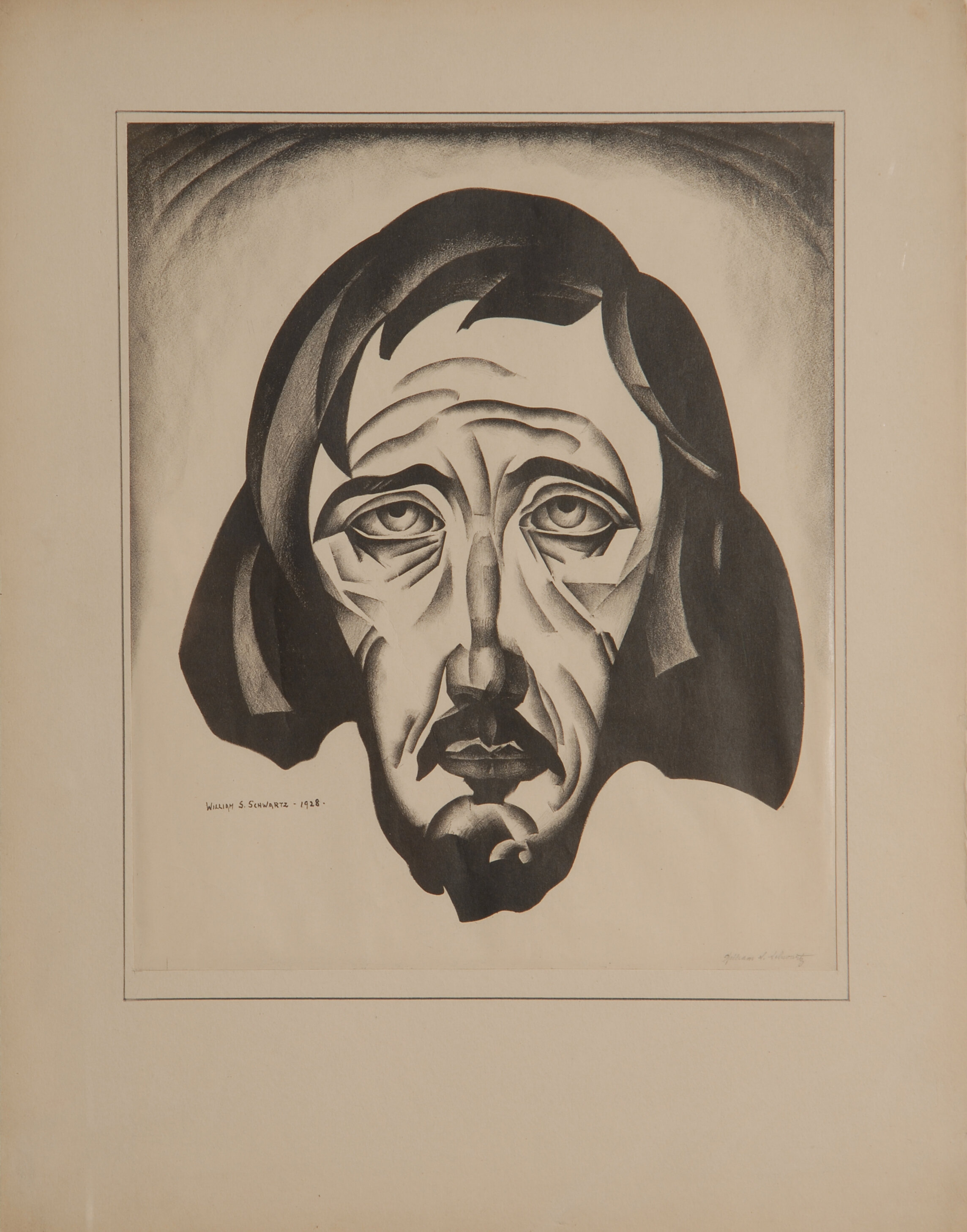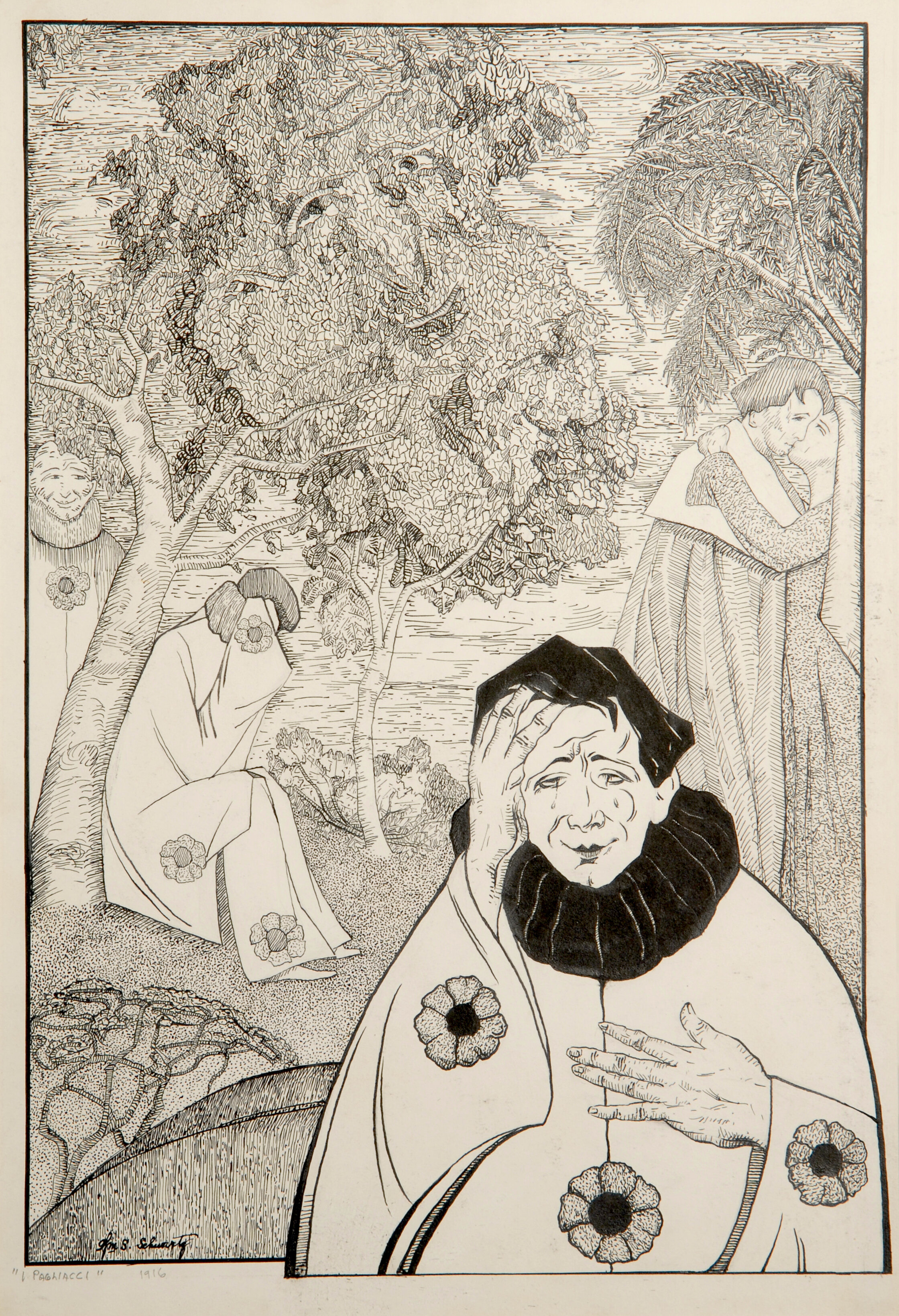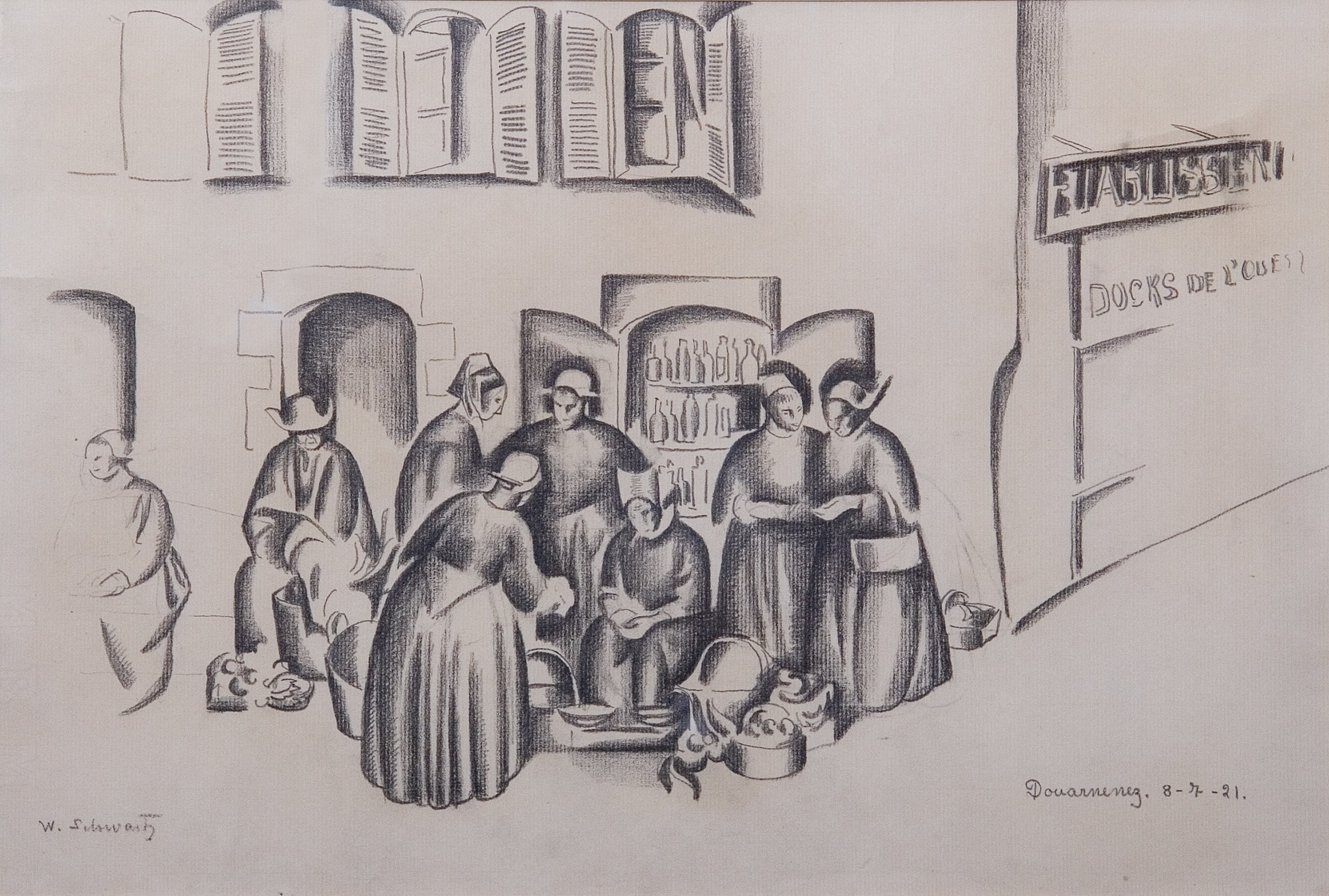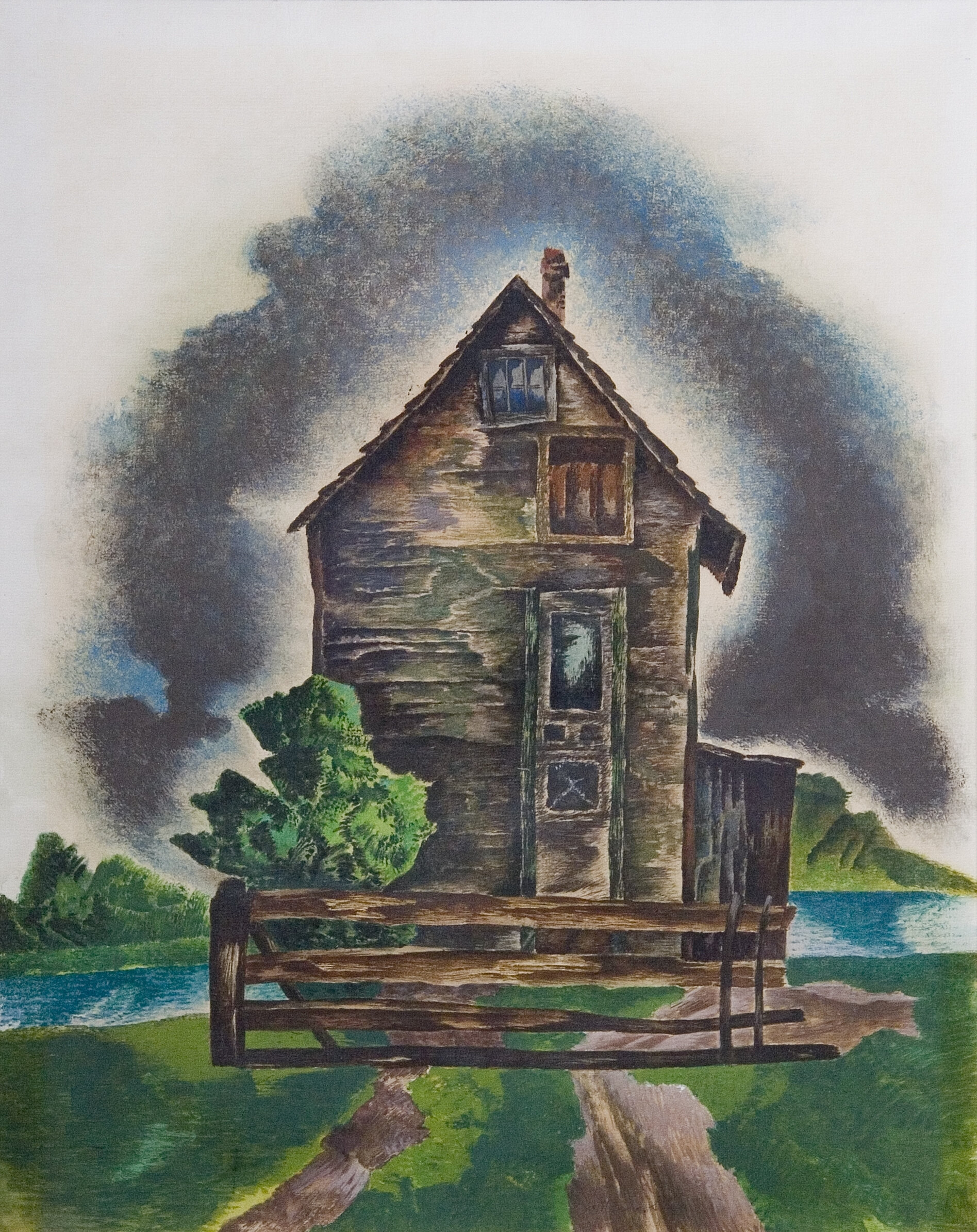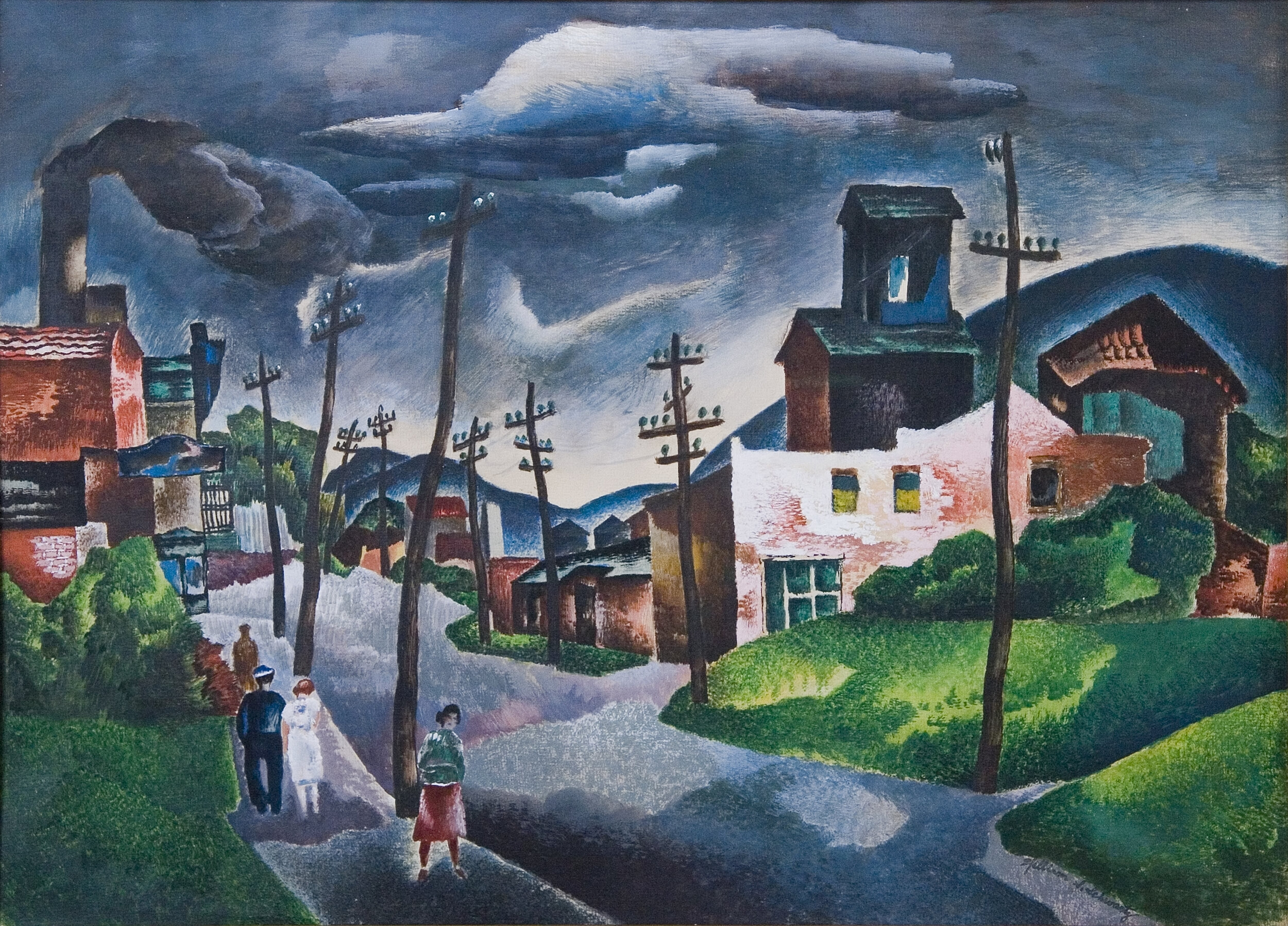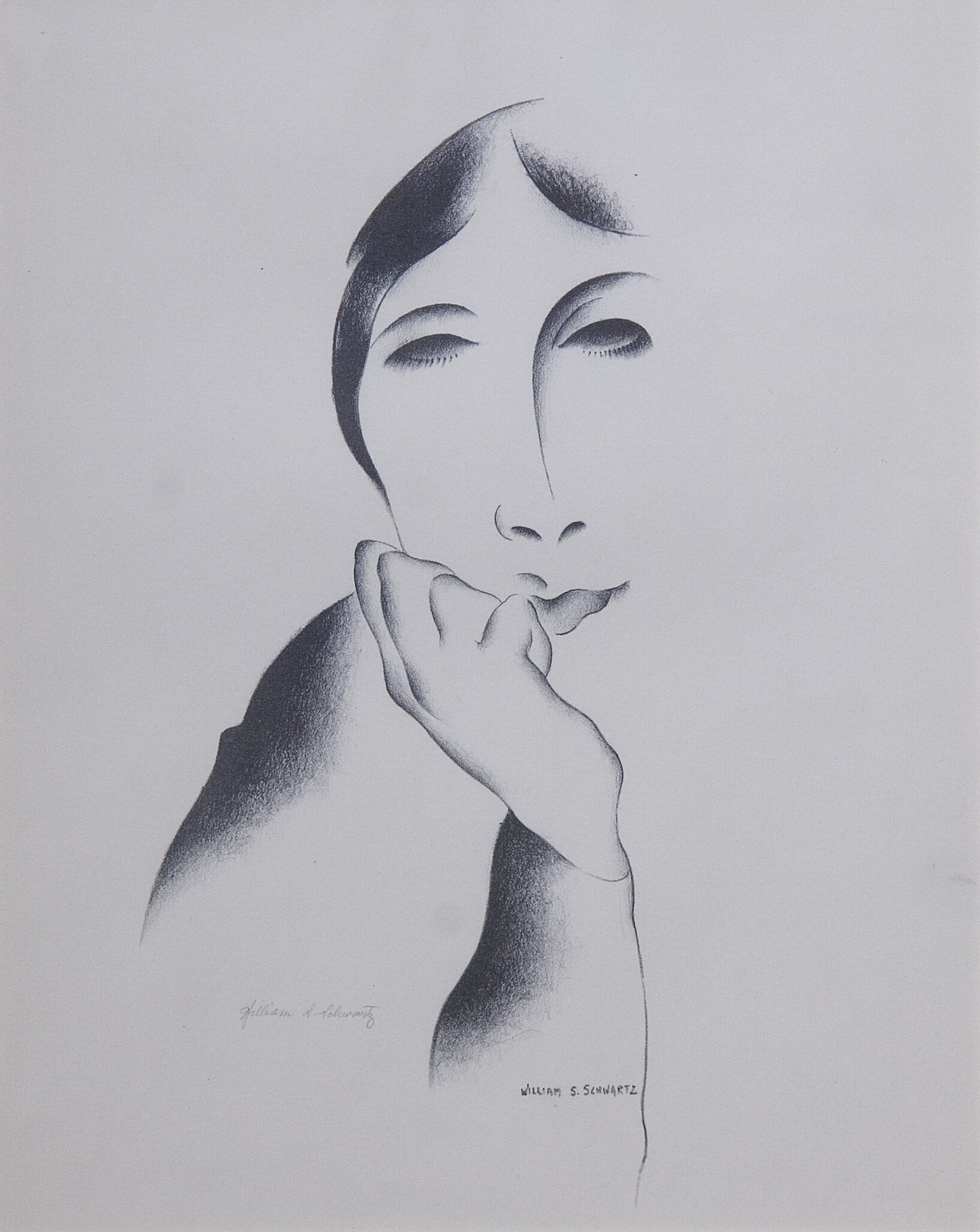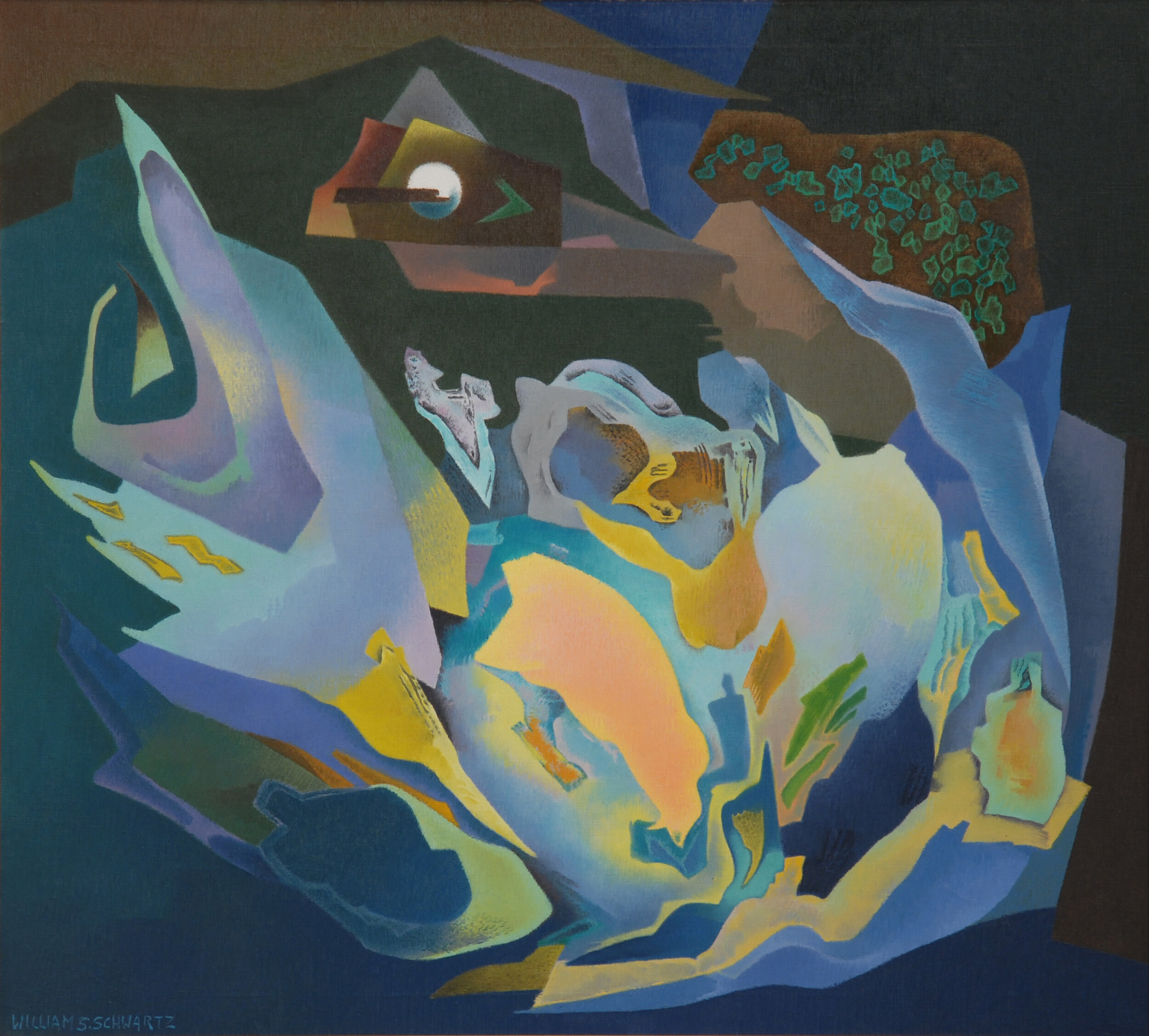William S. Schwartz: Color and Coloratura
On View: September 20 - November 24, 2021
On October 26, 2021, the author of William S. Schwartz: Color and Coloratura, Alex Cornacchia conducted a virtual artist and book talk hosted by Glencoe Public Library. Watch recording here.
Madron Gallery is thrilled to present William S. Schwartz: Color and Coloratura, an exhibition of paintings, drawings, and lithographs by artist William S. Schwartz (1896–1977). The show accompanies Madron Press’s book of the same title released earlier this year.
William S. Schwartz: Color and Coloratura the book and exhibition represent the culmination of over ten years of research and collecting by Madron Gallery. The exhibition comprises artworks for sale and on loan from several private collections and organizations, including The Union League Club of Chicago, Glencoe Public Library, and The Seymour H. Persky Family. Schwartz’s body of work spanned over five decades and often defied easy categorization. An opera-singing Jewish immigrant from Russia, William S. Schwartz became a linchpin in Chicago’s twentieth-century modern art scene. He arrived in the United States around 1912, fleeing the violence under the Pale of Settlement, and was mentored by Karl A. Buehr at the School of the Art Institute of Chicago. Schwartz forged a path blending and shifting between such disparate artistic modes as Fauvism, Futurism, and Surrealism as he built a prolific career from the tumultuous period just after WWI all the way through the early 1970s.
Known for his vibrant, saturated canvases and formal innovations in abstraction—particularly his synesthetic Symphonic Forms—Schwartz was dubbed “a musician in color” by his critics. He was a founding member of Around the Palette, a collective of Jewish artists, where he helped shape Chicago’s cultural conversation alongside heavyweights like Todros Geller, Anthony Angarola, and Aaron Bohrod. Schwartz was awarded numerous prizes by the Art Institute of Chicago and held his first one-man show there in 1935; he also exhibited nationally at places like The Metropolitan Museum of Art and The Pennsylvania Academy of Fine Arts.
Conversation surrounding early twentieth-century Midwestern art tends to be dominated by the Regionalist Triumvirate. As Schwartz was active in the same period, his name tends to be overshadowed, obscuring his significant influence in moving the needle of artistic progress in the Second City both within the Regionalist movement and beyond. Madron aims to preserve and celebrate the legacy of an artist who immortalized Chicago and its surroundings with his indelible style.
